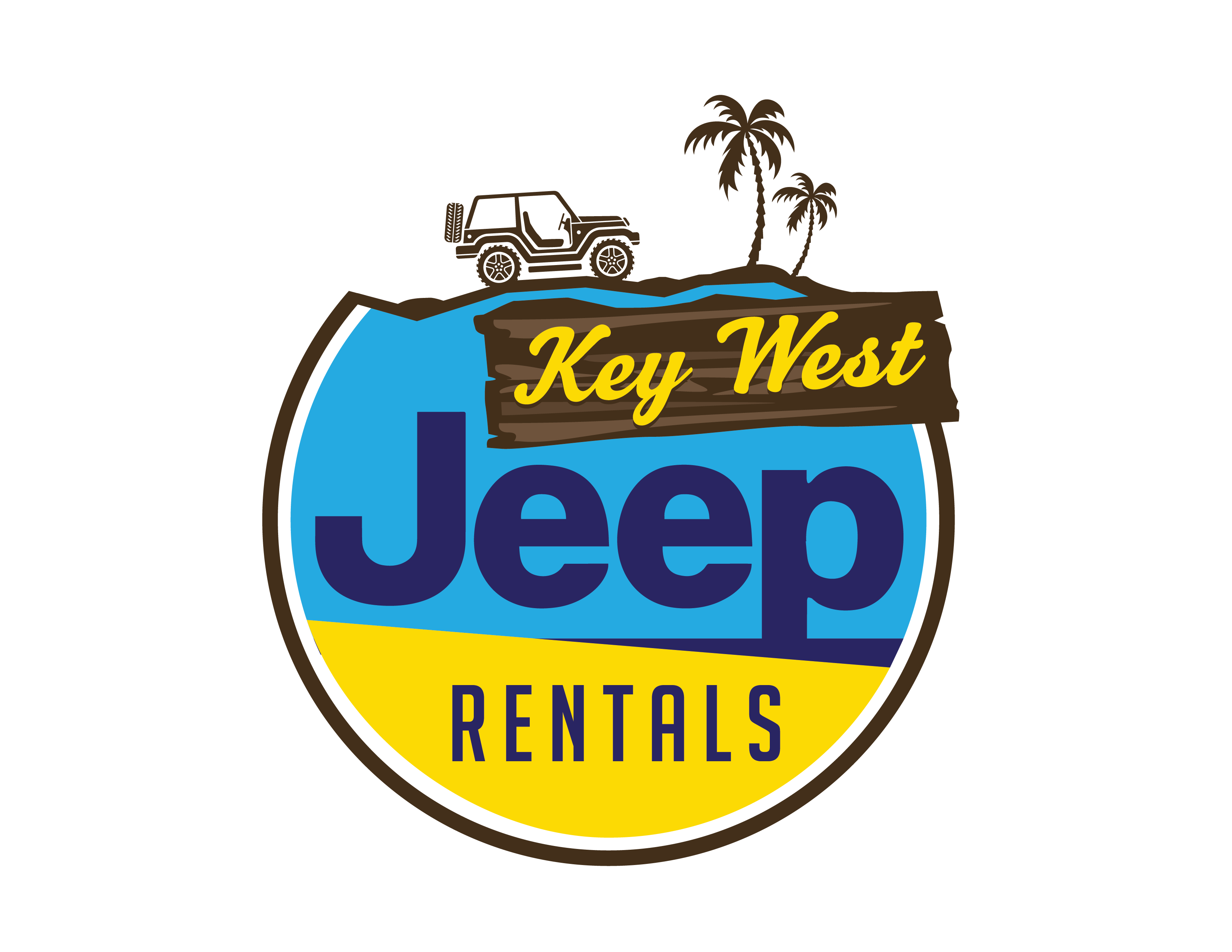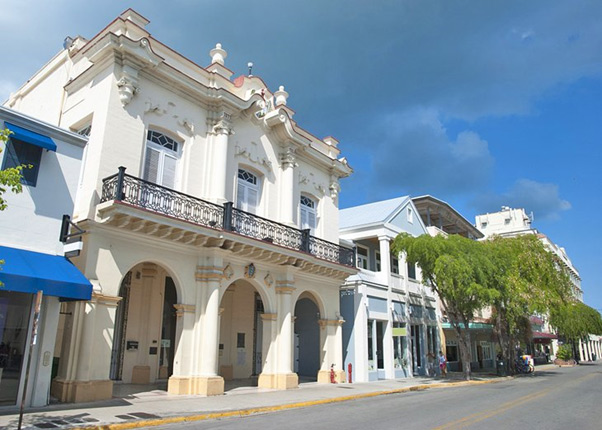
Duval Street
Duval Street is Key West’s main tourist strip, with restaurants and shops designed to entertain tourists and cruise ship passengers. This is the place to begin, or perhaps end, a day of sightseeing. Historic homes and some of the city’s most popular tourist attractions can be found along Duval Street, which stretches from Mallory Square to the Southernmost Point marker. This area is also host to several events and festivals throughout the year, the most famous of which is the Hemingway Days Festival, held each summer. Other highlights in the area include Ripley’s Believe It or Not Odditorium and the mecca of everything key lime, Kermit’s Key Lime Pie Shop.Tourists can get a good overview of the area and its history on the Conch Tour Train, which visits Duval Street, as well as Old Town, Hemingway’s House, and the waterfront area. This 90-minute narrated tour offers perspective on the railroad days, the depression, and WWII, as they relate to Key West.
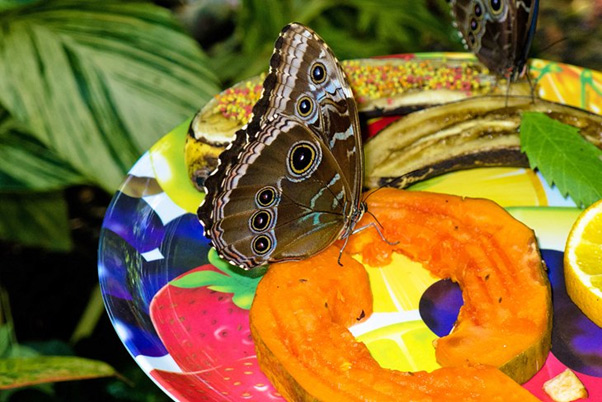
Key West Butterfly and Nature Conservatory
Visitors to the Key West Butterfly and Nature Conservatory have the unique opportunity to walk among more than fifty species of butterflies in the natural garden habitat of a glass conservatory. In addition to the colorful butterflies, there are more than 20 species of exotic birds that reside here, making a visit to the conservatory a truly special experience. The Learning Center provides visitors with an educational film about the life cycle of butterflies, and there are also exhibits that explain the stages in detail, as well as a live caterpillar viewing area, where you can see real butterflies going through their transformations. This is a popular tourist attraction for nature-lovers as well as families.
Address: 1316 Duval Street, Key West, Florida
Official Site: www.keywestbutterfly.com
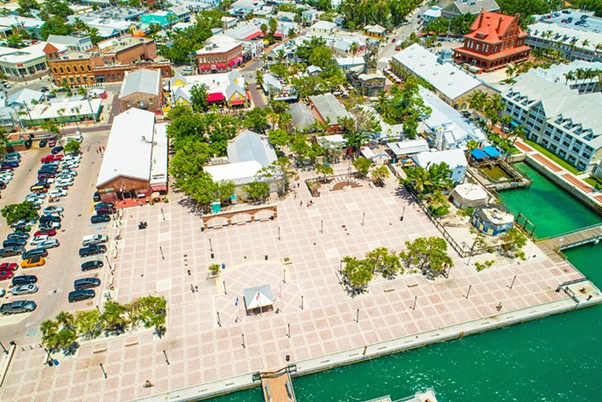
Mallory Square
Mallory Square, a former warehouse area, is now the location of a nightly sunset-watching ritual with live entertainment. This is one the most popular free things to do in Key West. Tourists gather on the dock to marvel at the stunning pinks and reds as the sun sets over the Gulf of Mexico. Jugglers, vendors, musicians, and other street performers create a carnival-like atmosphere, including some truly unique performances like dog unicycling, cats on a tightrope, and straightjacket escapes. The area has become one of the tourist highlights of Key West, particularly in the late afternoon. There are shops and other attractions located on and around Mallory Square as well, including the historical Key West Sponge Market, a treasure-hunting store, and multiple surf shops.
Address: 400 Wall Street, Key West, Florida
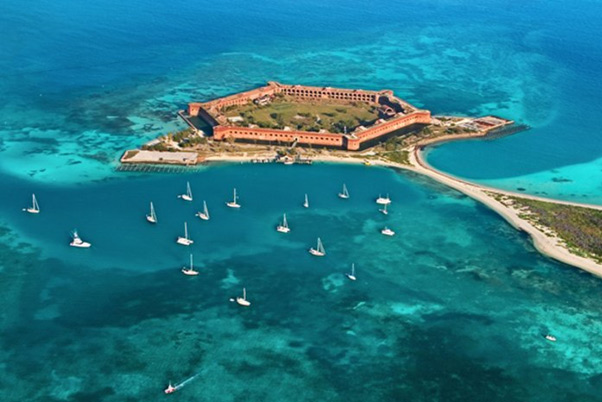
Dry Tortugas National Park
Dry Tortugas National Park is an archipelago of seven reef islands located around 65 miles southwest of Key West. They were so named by explorer Ponce de Leon due to the number of turtles (tortuga meaning turtle in Spanish) found on the islands. The “dry” part was added later, referring to the lack of fresh water on the islands. One of them, Garden Key, is home to the 19th-century Fort Jefferson, which was built by the U.S. government to protect and control the Gulf of Mexico shipping channel. The fort operated as a prison for Union deserters during the Civil War and also housed Dr. Samuel Mudd, who was arrested as a co-conspirator in Abraham Lincoln’s assassination. In 1992, George Bush changed the status of the site from the Fort Jefferson National Monument to the current park run by the National Park Service.
Soft sand beaches and wonderful opportunities for snorkeling also add to the allure of the park. Catamaran Boat Excursions to the Dry Tortugas, which include snorkeling and snorkeling equipment, as well as lunch, leave from Key West.
Address: 40001 SR-9336, Homestead, Florida Official Site: www.nps.gov/drto
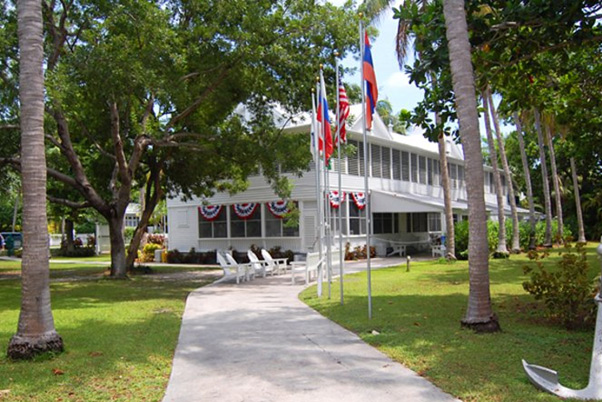
Harry S. Truman Little White House
The restored Harry S. Truman Little White House was built in 1890 and served as the headquarters for the naval command through World War II. Truman first visited the house in 1946, and during his presidency used it several times as a vacation retreat. The original furnishings and decor have remained intact from the Truman era, and it has been used by subsequent presidents and officials as it still is today. Visitors can see Truman’s piano and the desk he used during his “working vacations,” and guides add insight into the building’s history and the political significance it held during the Cold War. Tourists will also enjoy a self-guided tour of the home’s botanical gardens.
Address: 111 Front Street, Key West, Florida
Official site: www.trumanlittlewhitehouse.com
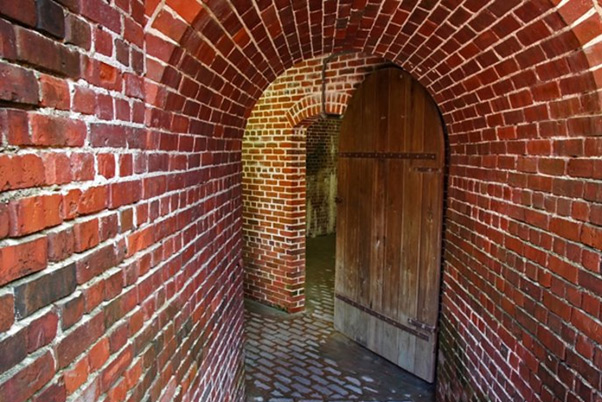
Martello Towers
The Martello Towers are two brick fortifications, built in 1858 to protect Fort Zachary Taylor from the east. The fort was never completed and never saw hostile action, although the eight-foot-thick granite walls would certainly have withstood artillery attacks. The central tower provides a spectacular panoramic view of the Atlantic coast of Key West.
The West Martello Tower and Garden Center was constructed in the 1860s by the U.S. Army Corps of Engineers. The Key West Garden Club took possession of the fort in 1955 and began a cleanup and planting to beautify the dilapidated fort. Today, visitors can stroll the grounds, through lovely courtyards and gardens. Romantic pathways, arches, a waterfall, and water lily pond are some of the highlights.
The East Martello Tower was originally built as a complement to Fort Zachary Taylor to protect the region. It now houses the Martello Gallery -Key West Art and Historical Museum, with a diverse collection of local art and sculpture and other exhibits related to the development of Key West.
Address: 1100 Atlantic Blvd, Key West, Florida
Official site: www.kwahs.com

Audubon House and Gallery
This 1840s home was built by ship carpenters for Captain John Greiger, a noted harbor pilot and wrecker. Colonel Mitchell Wolfson restored it in the 1960s, initiating the subsequent preservation movement in the rest of Key West. The property is noteworthy both for the house and the beautiful gardens and grounds. The home contains many 18th- and 19th-century period furnishings, much of it from Europe, and a substantial collection of engravings by John James Audubon, who stayed here in 1832. The gardens in the back contain a variety of tropical plants, including birds of paradise, hibiscus, and different palms.
Visitors are given a guided tour of the Audubon House and then offered the opportunity to explore on their own and take time to appreciate the grounds.
Address: 205 Whitehead Street, Key West, Florida
Official site: www.audubonhouse.com
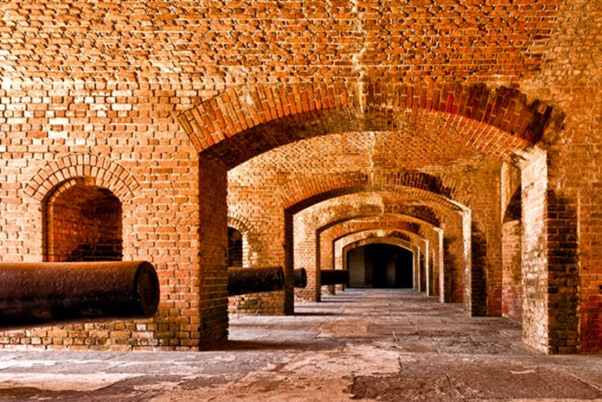
Fort Zachary Taylor State Park
Built between 1845 and 1866, Fort Zachary Taylor protected this part of Florida’s coast during the Civil War. Today, it is a State Park and National Historic Landmark, renowned for its historical attractions, especially the extensive collection of Civil War era armaments, which are still being excavated. The park also hosts a variety of annual events, including concerts, boat races, sculpture contests, and even a pirate festival. In addition to all of these fun things to do, tourists will enjoy the park’s beautiful swimming beach; dedicated snorkeling areas; and nature trails, which are open to both foot and bike traffic. This is also one of the best places to see Key West’s famous sunsets, and the beach is a perfect spot for a romantic picnic.
Address: 601 Howard England Way, Key West, Florida
Official site: www.fortzacharytaylor.com
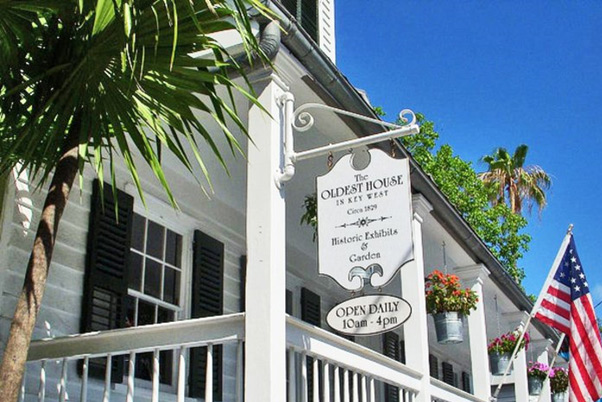
Oldest House
The Oldest House in South Florida, built in 1829, was the former home of Francis B. Watlington. It was originally built by Richard Cussans in a different location and later moved to Duval Street. The house offers a chance to see and learn a little about the history of Key West. It is not as extravagant or as lovely as some of the city’s other historical houses that are open to the public, but it has its own unique charm.
Within the house are some original furnishings, family portraits, and displays on the history of Key West. Ship models and information on the history of the industry in the area are on display. At the rear of the house is a garden and a cookhouse, which was typical of the period. There is also an exhibit pavilion containing additional documents of interest.
Address: 322 Duval Street, Key West, Florida
Official site: www.oirf.org
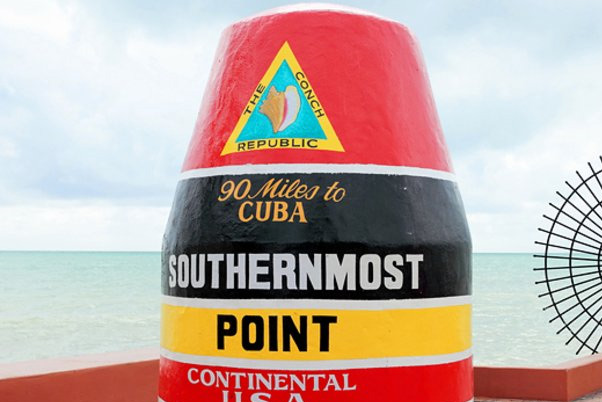
Southernmost Point
Key West’s claim to fame as the southernmost point in the continental U.S. is made concrete in this red, black, and yellow marker at the corner of South and Whitehead streets. Street vendors and performers congregate around the site to sell souvenirs and showcase their talents. The marker itself, dedicated by the Key West public Works Department in 1983, is less than inspiring but nonetheless, visitors often have their picture taken at the marker.
A similar landmark and equally popular place for Key West photo-ops is the US1 mile-marker “0” sign which marks the beginning of the route which runs up almost the entirety of the east coast. Stretching for nearly 2,400 miles, the interstate ends in Maine, passing through several major cities.
